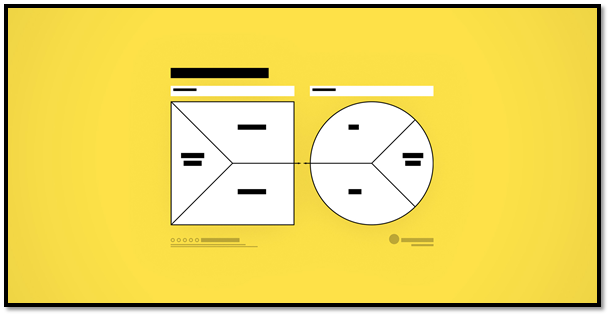Introduction to Value Proposition Canvas
What is Value Proposition Canvas? To explain what Value Proposition Canvas (VPC) is, I think it is important to first mention what Business Model...
You have probably heard many times the name of this famous canvas to analyse your value proposition from the customer's point of view. Still, you ask yourself: What is the real importance of a Value Proposition Canvas? Value Proposition Canvas: A gift for success
Index
The short answer: This canvas is the company's value promise to the customer, the main reason why a potential customer should buy from you.
Understanding the value proposition in a clear and diagrammed way will for example be a critical success factor in the customer's interaction with your website. A good analysis put into practice on the website will determine whether readers will bother to read all about your product and click that more information button.

In essence, the Value Proposition Canvas can be summarized in these 3 points:
Your potential customers should read and understand your value proposition. In addition, the value proposition should be the first thing that people who visit your website look at. In addition, you must use the right language, but what does this mean?
The value proposition must be in the language of your customer, i.e., the value proposition must be shown in the same way that the customer is imagining the value proposition. For this it is necessary to know the customer using different technological tools to collect information and you can also carry out interviews with the customer.

The main components of the Value Proposition Canvas are:
About the customer:
About your product or service:

To achieve a correct creation of the canvas it is important to answer key questions about the benefits and pains of the client. At Imagineer we provide you with the following questions so that you can successfully create the canvas:
Pains:
Benefits:
To conclude the Value Proposition Canvas can make the sale of your products or services an easier task, to start off on the right foot I invite you to use the Imagineer template. I share it with you, and I hope you found the information useful. See you next time.

What is Value Proposition Canvas? To explain what Value Proposition Canvas (VPC) is, I think it is important to first mention what Business Model...

If you have ever googled "business model", "value proposition" or similar terms, you will have come across Strategyzer. Strategyzer is a strategy and...

Let's first talk about the value proposition, what is that? Simply put, the value proposition of your business is that "something" for which a...